Currently, the Summer-Autumn rice fields are in the stage of panicle differentiation, flowering, and color drying. This is a very important stage, determining the final rice yield. However, pests and diseases are emerging and causing widespread damage to the entire rice field.
Infected area is 1.4 times higher than the same period in 2022
We were present at the Giua field, Bach Cu agricultural cooperative, Ninh Khang commune, Hoa Lu district, and easily observed that many rice fields had white leaves due to damage from leaf rollers.
Mr. Do Xuan Duy, in Team 2, Phan Trung Village, Ninh Khang Commune, shared: This crop has favorable weather, the rice is growing very well but on the contrary, there are many pests and diseases. My family grows 8 sao, mainly 2 varieties Bac Thom and LT2, nearly 1 month ago, had to spray a combination of pesticides to prevent rice blast, leaf rollers, and planthoppers. However, it may be because the spraying happened right in the rainy season so the effect was not as expected. From now on, I am thinking of having to spray again a second time to completely prevent it.

According to the Hoa Lu District Agricultural Service Center, the small leaf roller not only causes severe damage to Bach Cu Agricultural Cooperative but also scattered in many other cooperatives such as Dong Dan - Ninh Van, Thinh Hoi - Ninh An, Hong Phong - Ninh Hoan, Trung Tru - Ninh Giang... with very high density (over 200 individuals/m2). In addition, two-spotted stem borer, brown planthopper, white-backed planthopper, brown planthopper... are also continuing to cause increased damage to rice fields.
Regarding the situation of pests and diseases in the whole province, Mr. Nguyen Ngoc Tuan, Deputy Head of the Provincial Department of Crop Production and Plant Protection, said: In general, the time of emergence of pests in this crop is earlier than the average of many years and 5-10 days earlier than the 2022 Summer-Autumn crop. The total infected area in the whole province to date is over 38,400 hectares (1.4 times higher than the same period of the 2022 Summer-Autumn crop). Of which, the heavily infected area is 21,310 hectares (2.5 times higher than the same period of the 2022 Summer-Autumn crop).
According to Mr. Tuan, it is noteworthy that this crop, the leaf roller appeared at an unusually high density and caused widespread damage. More worrying is that these rice fields are in the stage of heading, if damaged, the rice yield will be greatly affected. However, in some localities, the implementation of instructions on pest prevention and control is not timely and subjective. It is estimated that in the coming time, the development of leaf rollers will be complicated, if not prevented in time, it will cause serious damage to crop production.
Focus on spraying in the first half of September
According to the forecast of the Provincial Department of Crop Production and Plant Protection: The 7th generation of small leaf rollers will emerge from August 28 to September 7, and the larvae will hatch from September 3 to September 13, causing widespread damage to rice fields that ripen after September 5 in districts and cities in the province. Common worm density: 50-70 individuals/m2; in some cases, over 200 individuals/m2. The scale and level of damage are higher than the same crop in the 2022 Summer-Autumn season. If not detected and prevented in time, many severely damaged areas will turn the flag leaves white, greatly affecting rice yield.

In addition, the fifth generation of two-spotted rice stem borers continued to emerge until September 12. Larvae hatched from August 29 to September 19, causing damage to rice fields after September 1 in the northern districts of the province and after September 5 in the southern districts of the province. The scale and level of damage were higher than in the 2022 Summer-Autumn crop. Whitefly hatched from September 13 to September 23, causing widespread damage to rice fields, especially to mid-season rice fields from the green-firm to ripe stage. In many places, the density of planthoppers was very high, such as Kim Son, Yen Mo, Yen Khanh, Hoa Lu districts, which could cause nest fires at the green-firm to ripe stage. In addition, rats and brown spot disease continued to increase damage to rice fields; weedy rice and black-streaked dwarf disease caused local damage.
Mr. Nguyen Duy Khuong, Director of Bach Cu Cooperative (Ninh Khang Commune, Hoa Lu District) said: It is expected that the entire Summer-Autumn rice area of the Cooperative will be concentrated from September 15-20. This is a very important stage, if not well controlled, the emergence of pests and diseases will seriously affect the rice yield at the end of the crop. In fact, through field inspection, it shows that the density of leaf rollers of the 6th generation is very high, in addition, brown planthoppers and white-backed planthoppers have also emerged and are at risk of causing widespread damage. Therefore, the Cooperative has widely announced the situation of pests and diseases on the loudspeaker system, propagandized through organizations and unions to guide people on appropriate prevention and control measures, ensuring the 4 correct principles: "right medicine, right dosage, right time, right method". Specifically, it will focus on spraying to control small leaf rollers from September 6 to September 11. The cooperative has also prepared enough medicine and materials to ensure quality to supply to people.
Pest control instructions For small leaf rollers: Spray on areas with a worm density of 20 worms/m2 or more. When the 2nd instar larvae are in full bloom, spray from September 6 to September 11 with specific pesticides such as: Clever 150SC; 300WG; Directer 70EC; Fenrole 240 SC, Virtako 40WG; Voliam Targo 063SC; Silsau 3.5EC; Dylan 2EC... (Fields with a high worm density of over 200 worms/m2 must spray twice, the second time 4-5 days after the first time). For 2-spot rice stem borer: Spray on fields with egg density of 0.3 nests/m2 or more, when the first instar larvae hatch. Spraying time is from September 1 onwards for the northern districts of the province, from September 5 for the southern districts of the province. Fields with egg density of 1 nest/m2 or more must be sprayed twice, the second time 5-7 days after the first time with one of the following specific pesticides: Prevathon 5SC; Voliam Targo 063SC, Virtako 40WG... For brown planthoppers and white-backed planthoppers: Spraying time is from September 16 to September 21. Specifically: + At the panicle-flowering stage: Spray on fields with a planthopper density of 2,000 individuals/m2 or more when the 2nd instar planthopper is at its peak, with one of the systemic insecticides such as: Chess 50WG, Titan 600WG, Palano 600WP, Niten Super 500WP, Matoko 50WG... + At the stage of green-red tail: Spray on fields with a density of 1,500 individuals/m2 or more, when the 2nd instar hoppers are in full swing, with one of the contact pesticides such as: Nibas 50EC, Bassa 50EC, Vibasa 50EC... Note that when using contact pesticides, it is necessary to separate rows so that the sprayed pesticide comes into direct contact with the hoppers and it is necessary to choose pesticides that ensure a quarantine period before harvest. In addition, combine to prevent brown spot disease, black seed disease, bacterial leaf blight, and rice blast disease on susceptible varieties. Continue to exterminate rats. ( Note : Depending on the specific situation in each locality, it is necessary to determine which harmful organisms are the main ones in order to have timely and effective control measures; it is possible to combine spraying to control the above objects but must ensure sufficient dosage, the amount of mixed medicine is from 25-30 liters/sao). |
Nguyen Luu
Source





![[Photo] Binh Trieu 1 Bridge has been completed, raised by 1.1m, and will open to traffic at the end of November.](https://vphoto.vietnam.vn/thumb/1200x675/vietnam/resource/IMAGE/2025/10/2/a6549e2a3b5848a1ba76a1ded6141fae)


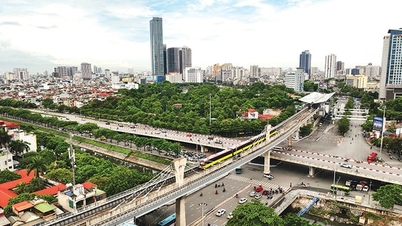




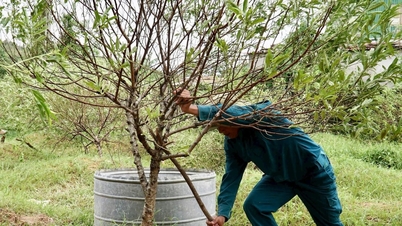

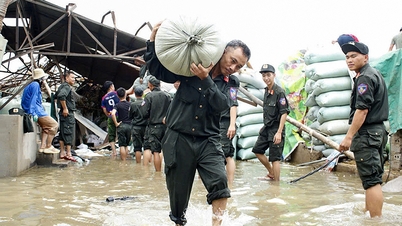


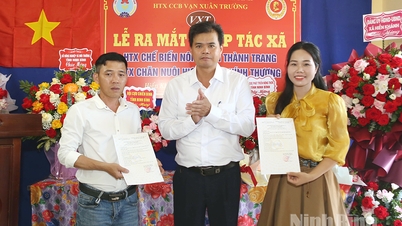

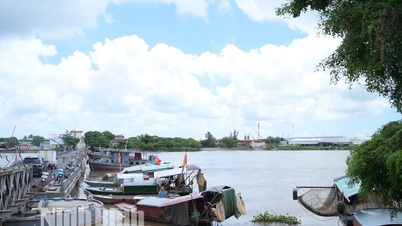

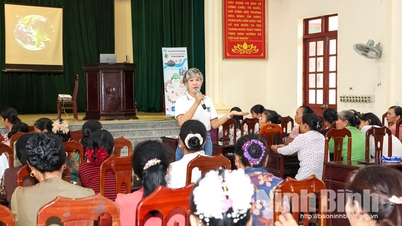
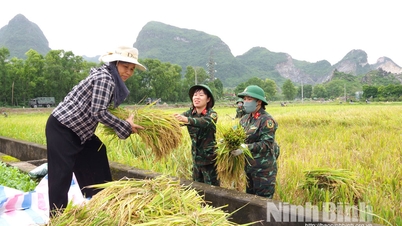





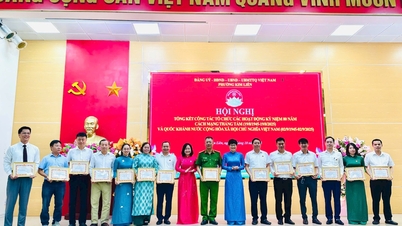
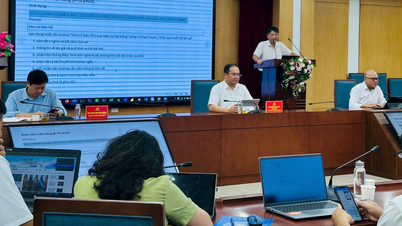
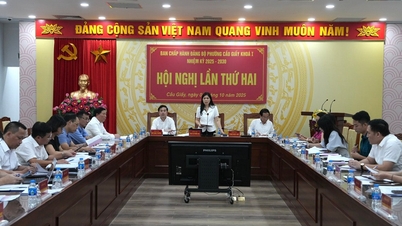
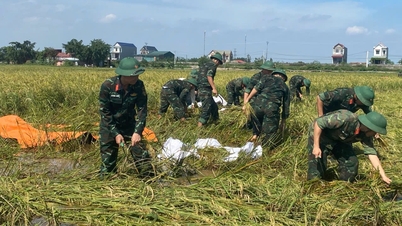





































































Comment (0)